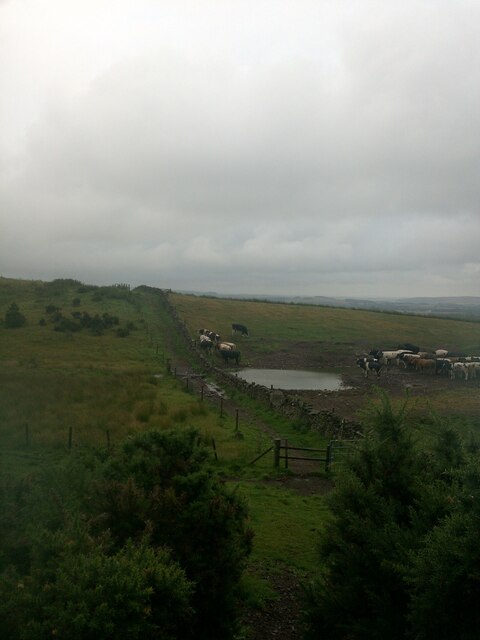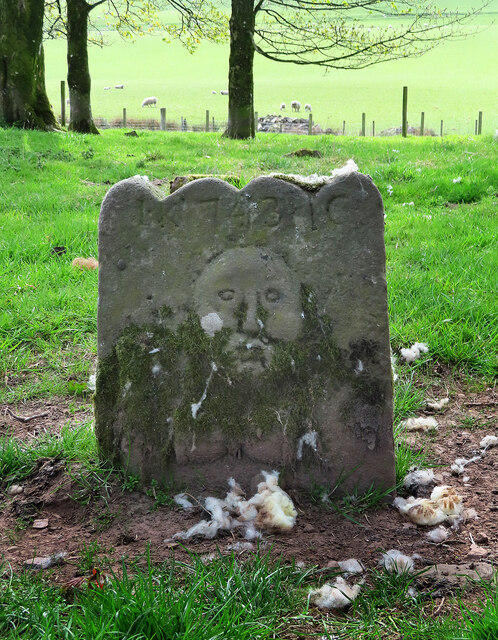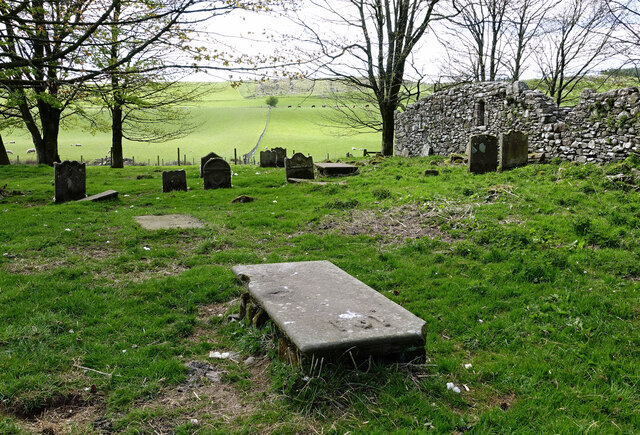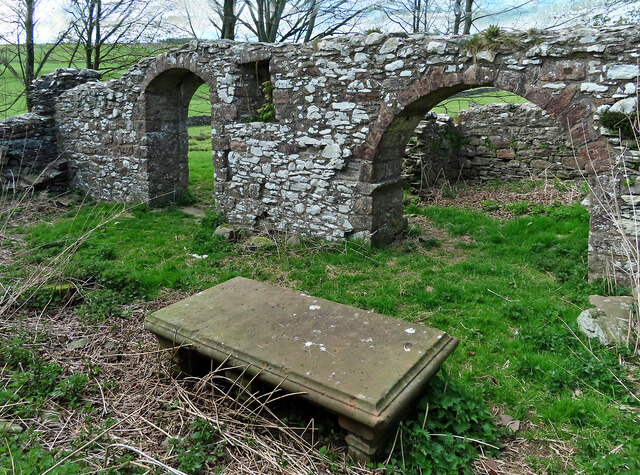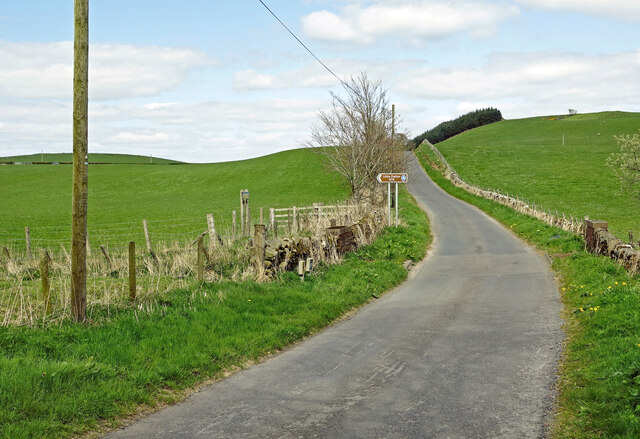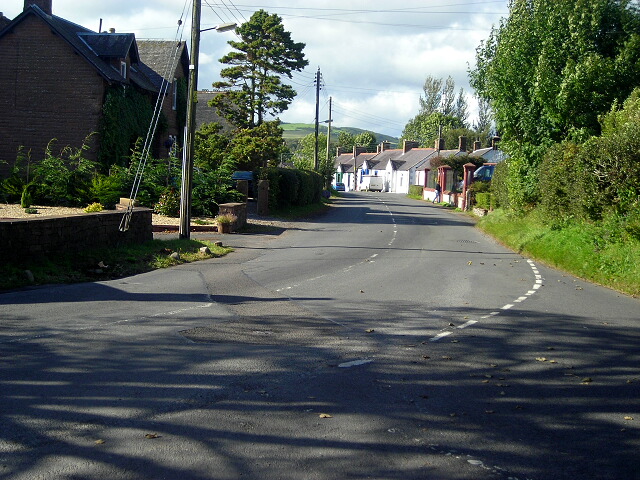Almagill
Settlement in Dumfriesshire
Scotland
Almagill
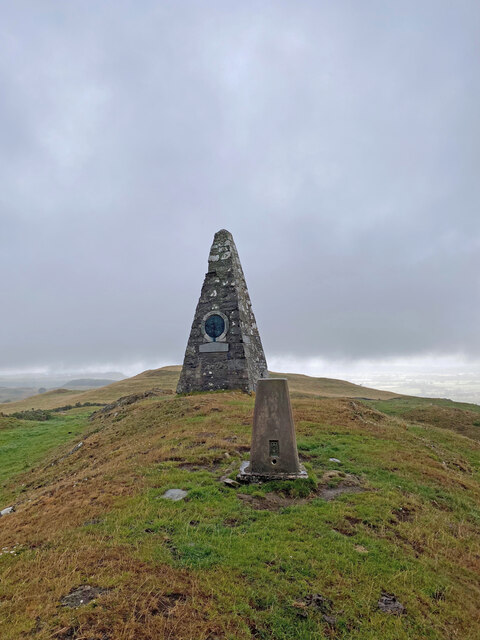
Almagill is a small village located in the region of Dumfriesshire, in the southern part of Scotland. Situated in a rural area, it is surrounded by stunning natural landscapes, including rolling hills and picturesque valleys. The village is nestled in close proximity to the scenic River Nith, adding to its charm and tranquility.
With a population of around 200 residents, Almagill maintains a tight-knit community atmosphere. The village primarily consists of traditional stone houses, reflecting its rich historical heritage. The architecture is a blend of different styles, showcasing the village's evolution over the centuries.
Although Almagill is predominantly residential, it offers a few amenities to cater to the locals' needs. These include a small primary school, a village hall, and a local shop where residents can find essential groceries. Additionally, the village boasts a welcoming pub that serves as a social hub for both residents and visitors alike.
The surrounding area provides ample opportunities for outdoor activities. Nature enthusiasts can explore the nearby forests, go hiking on scenic trails, or enjoy fishing in the river. Almagill's location offers easy access to larger towns and cities in the region, making it a convenient base for those seeking a peaceful retreat while still having access to urban amenities.
Overall, Almagill is a charming Scottish village that offers a serene and picturesque setting, perfect for those looking to escape the hustle and bustle of city life.
If you have any feedback on the listing, please let us know in the comments section below.
Almagill Images
Images are sourced within 2km of 55.06111/-3.4262846 or Grid Reference NY0975. Thanks to Geograph Open Source API. All images are credited.
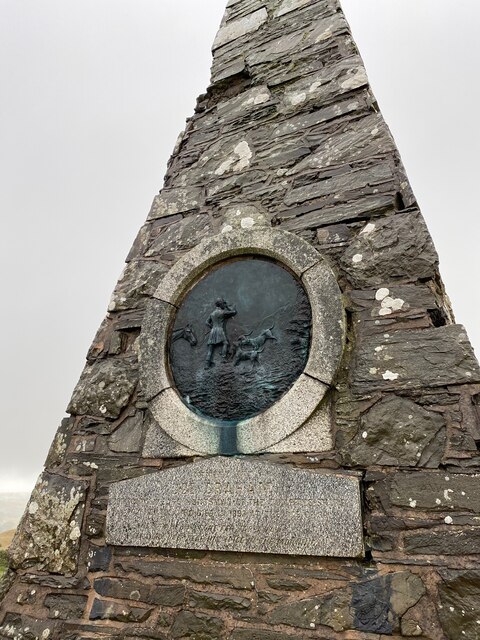
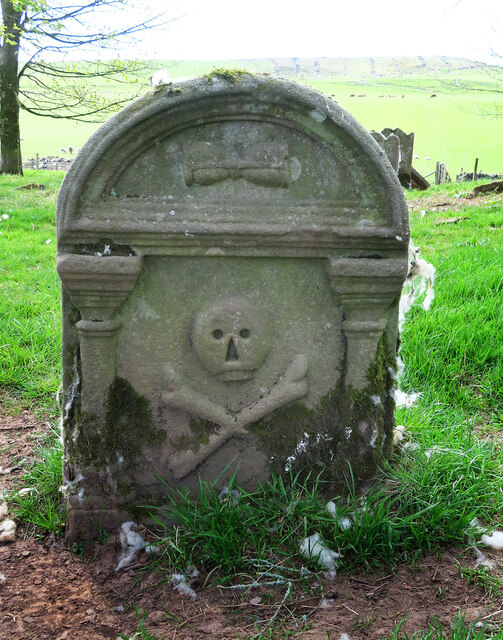
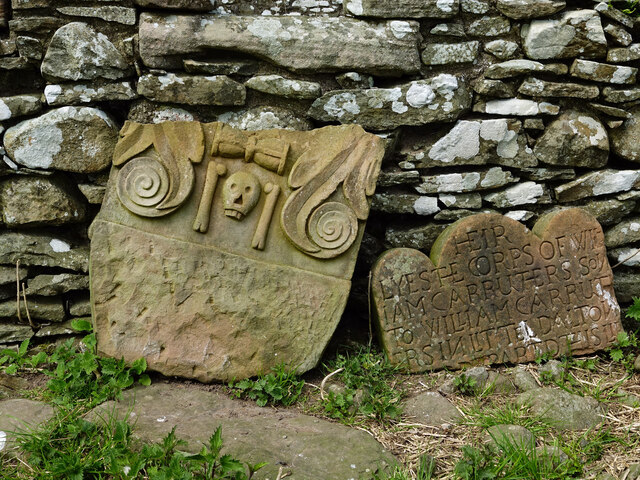

Almagill is located at Grid Ref: NY0975 (Lat: 55.06111, Lng: -3.4262846)
Unitary Authority: Dumfries and Galloway
Police Authority: Dumfries and Galloway
What 3 Words
///growl.cook.tech. Near Lochmaben, Dumfries & Galloway
Nearby Locations
Related Wikis
Dalton, Dumfries and Galloway
The village of Dalton is a small settlement about 10 miles (16 km) southeast of Dumfries and 4 miles (6.4 km) south of Lockerbie, in Dumfries and Galloway...
Carrutherstown
Carrutherstown is a village in the civil parish of Dalton, in Dumfries and Galloway, Scotland. It is about 9 miles (14 km) east of Dumfries. == Demographics... ==
Rockhall Tower
Rockhall Tower, also known as Rockhall House or Rockhall Tower House, is a 16th-century tower house in Collin, Dumfries and Galloway. The castle originally...
Mouswald
Mouswald is a rural village slightly east of Dumfries in south-west Scotland. It lies on the B724 south of the A75. The site views southward over the Solway...
Heck, Dumfries and Galloway
Heck is a hamlet in the local government area of Dumfries and Galloway, Scotland. Heck is 2 miles (3.2 km) southeast of the town of Lochmaben and is 1...
Ruthwell railway station
Ruthwell railway station was a railway station in Dumfries and Galloway south of Dumfries, serving the village of Ruthwell with its famous 8th century...
Racks railway station
Racks railway station was a railway station in Dumfries and Galloway, Scotland, south of Dumfries, OS NGR NY 033 743, serving and effectively creating...
Hallmuir Ukrainian Chapel
The Hallmuir Ukrainian Chapel is a chapel built at a Hallmuir prisoner of war camp near Lockerbie in Scotland. After the Second World War, this camp housed...
Nearby Amenities
Located within 500m of 55.06111,-3.4262846Have you been to Almagill?
Leave your review of Almagill below (or comments, questions and feedback).
